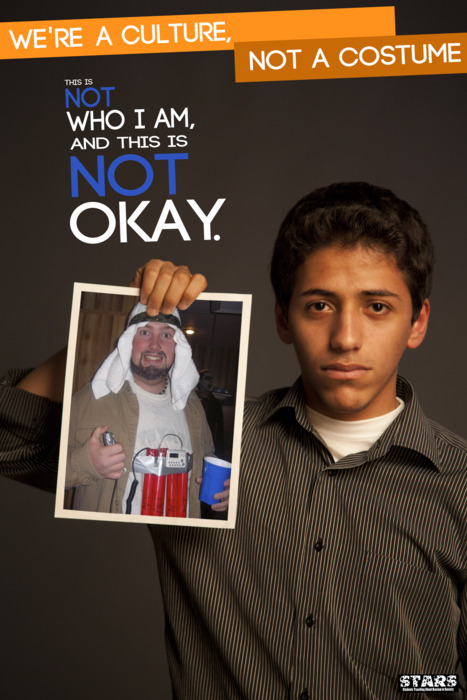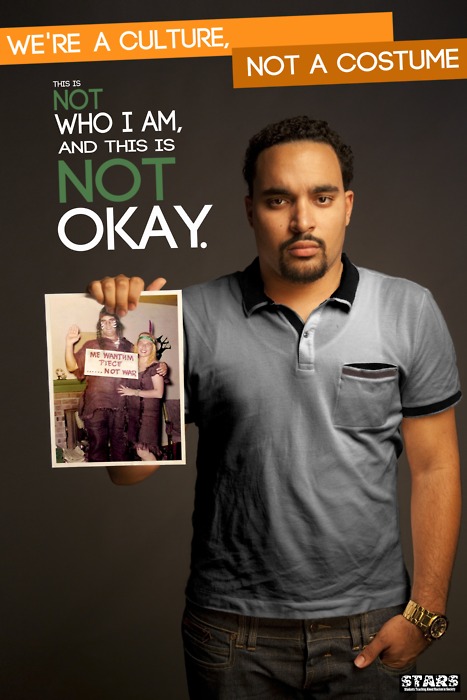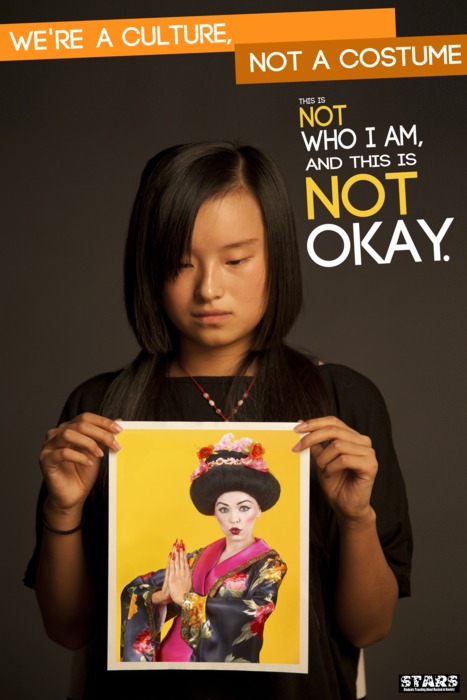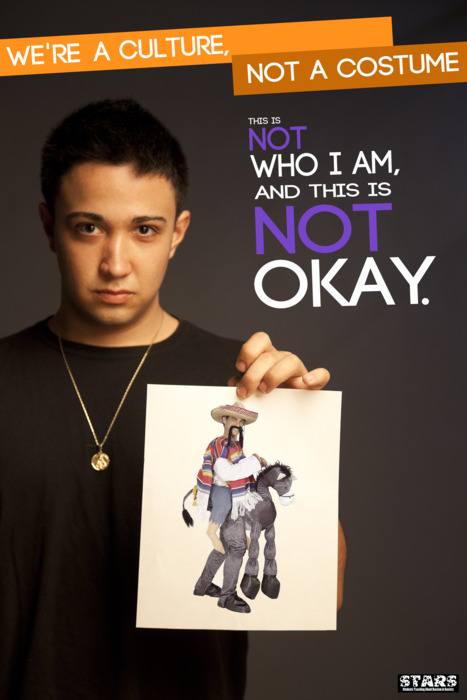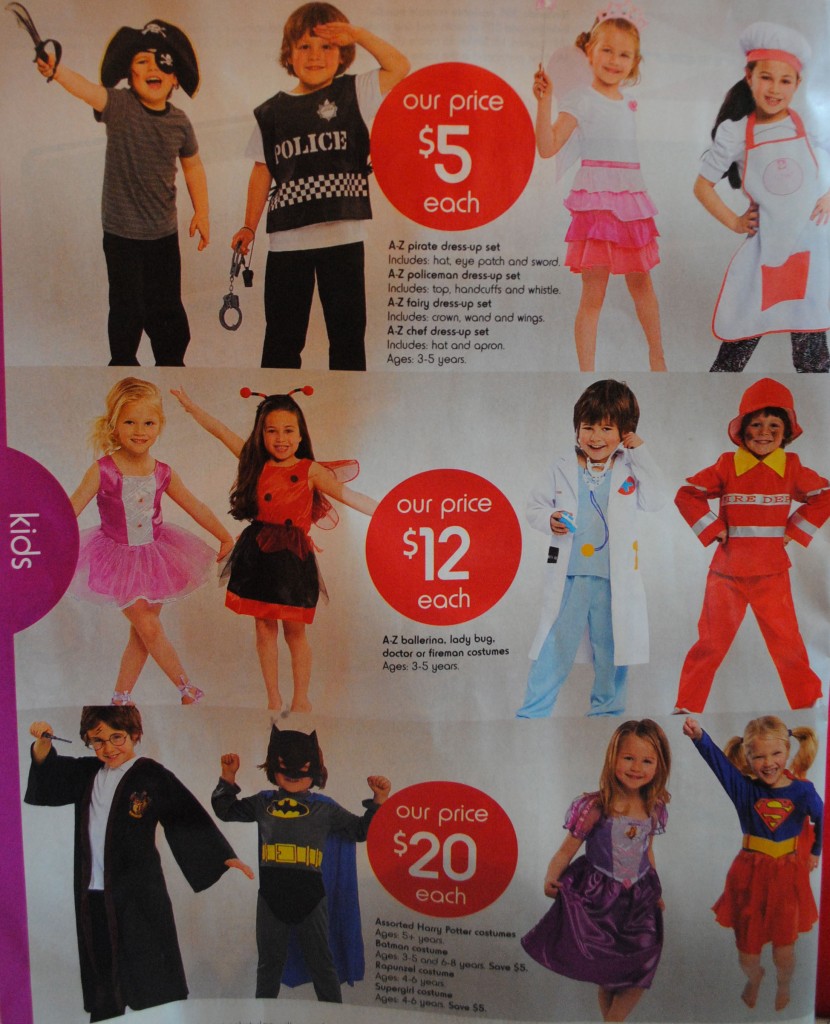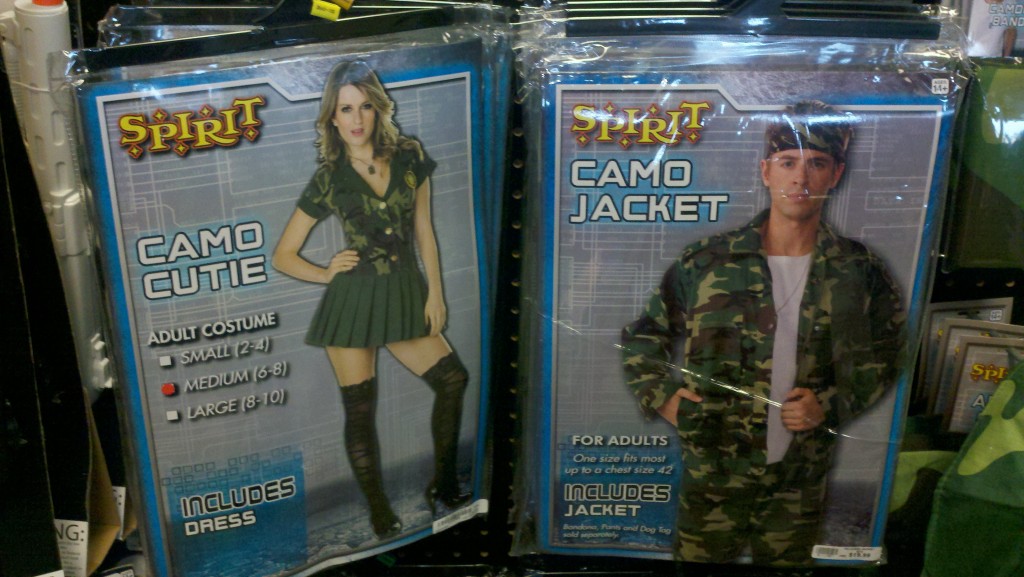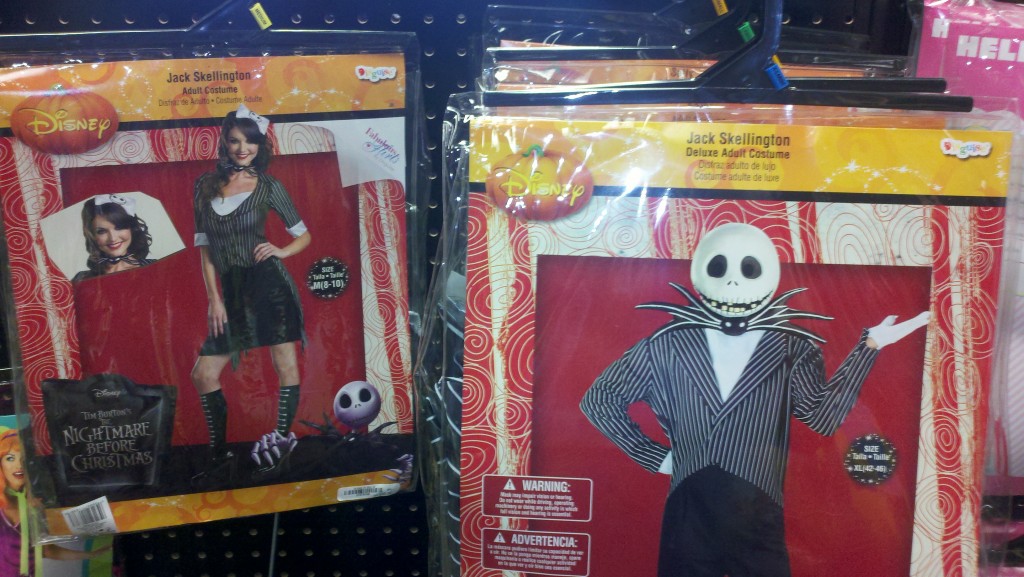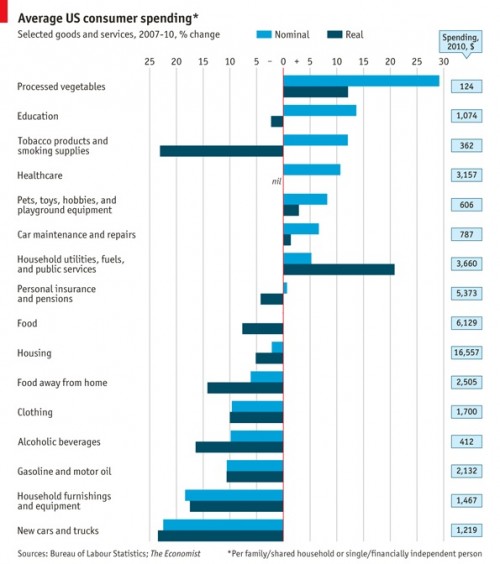Would you like to buy your little girl a costume that suggests that she has gone through puberty and is attempting to attract the sexual attention of adult men? Who wouldn’t!? Not an ounce of subtlety here:
At Fail Blog, sent in by Laura.
Lisa Wade, PhD is an Associate Professor at Tulane University. She is the author of American Hookup, a book about college sexual culture; a textbook about gender; and a forthcoming introductory text: Terrible Magnificent Sociology. You can follow her on Twitter and Instagram.



